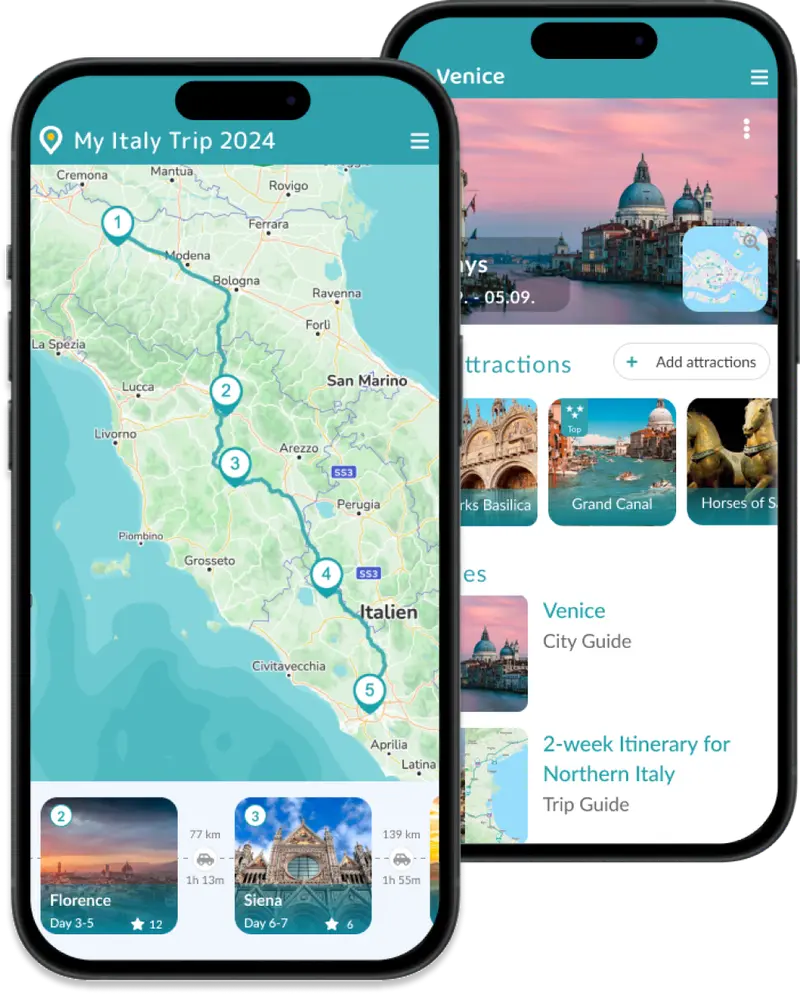Liguria stretches along the northern Mediterranean coast, enchanting visitors with the colorful villages of Cinque Terre and Portofino. Crystal-clear waters crash against the cliffs, creating a paradise for hikers and nature lovers. While the rural heart of Liguria thrives with fragrant olive groves and lush vineyards, Genoa displays its splendor in historic palaces and one of the largest aquariums in Europe. The region’s culinary specialties, including pesto, focaccia, and fresh fish, make it a gastronomic delight.
Top Highlights of Liguria

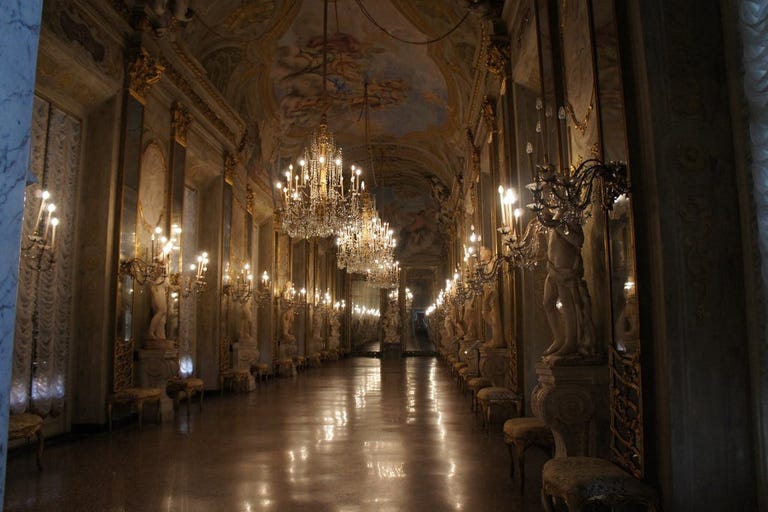

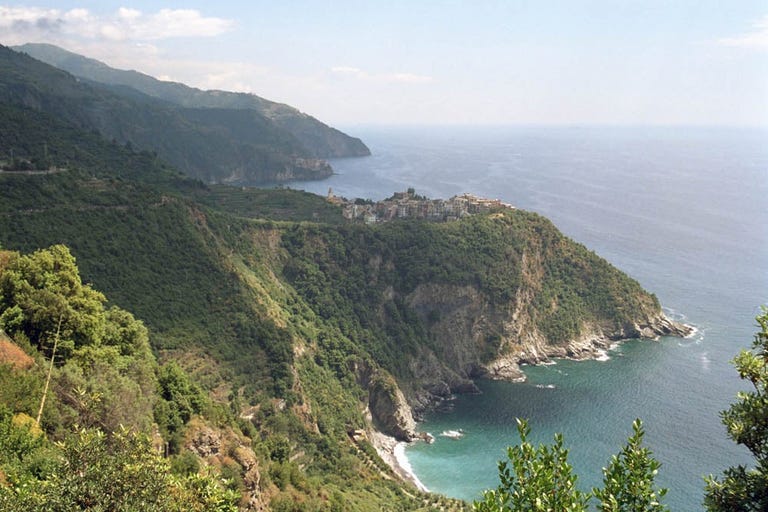
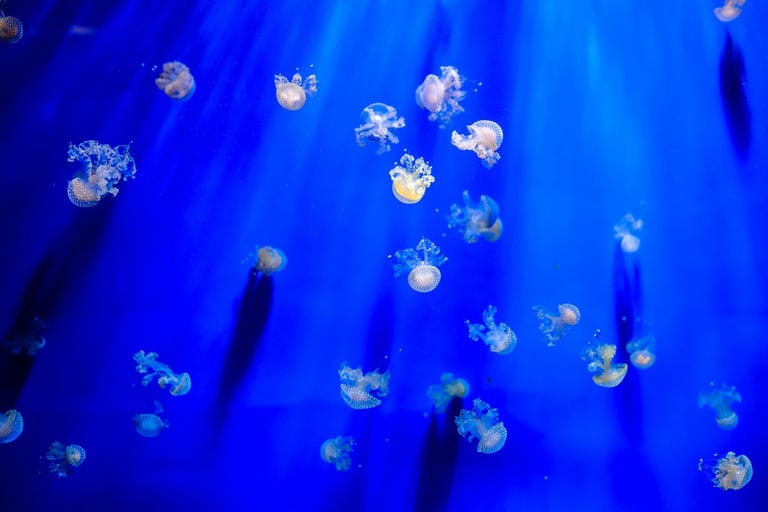

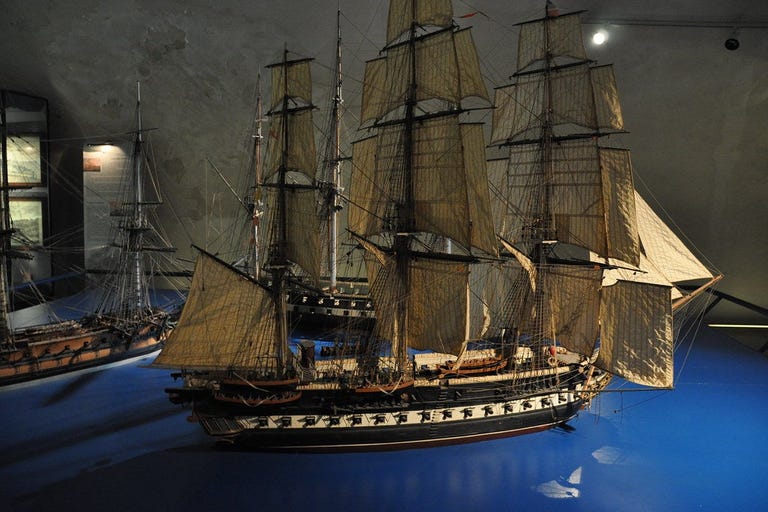
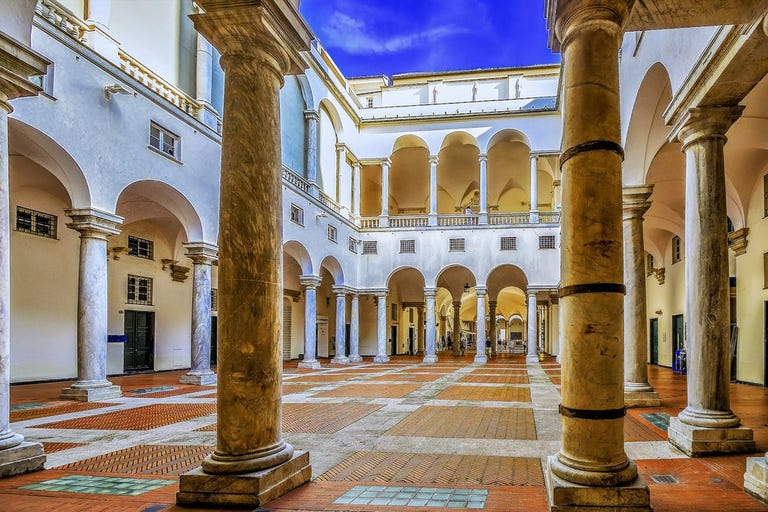
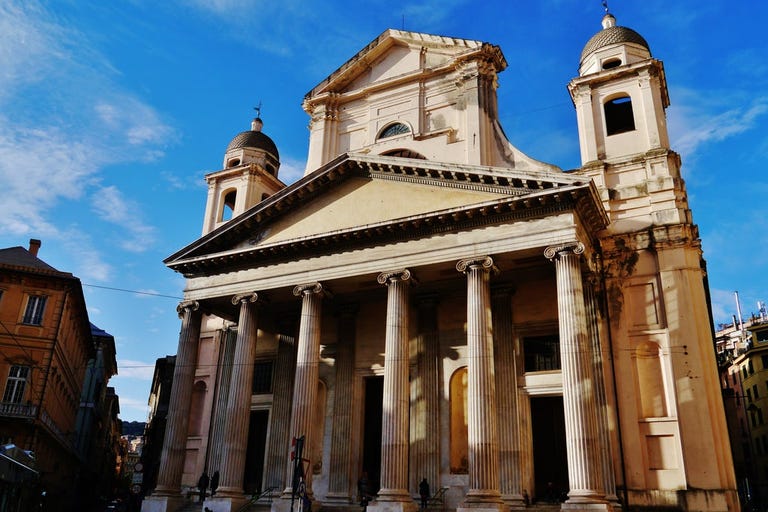

Travel Information
Best Travel Time
Liguria offers pleasant conditions year-round, but the best time to visit depends on your vacation plans. Spring and autumn are ideal for outdoor activities and sightseeing, while summer is perfect for beach holidays.
Spring (March to May)
Spring is an ideal time to visit Liguria. With average temperatures between 15°C and 20°C, the landscape comes to life with blooming flowers and lush green hills. April and May are particularly great for hiking and sightseeing, thanks to mild weather and manageable tourist numbers.
Summer (June to August)
Summer in Liguria is warm and dry, with average temperatures ranging from 25°C to 30°C. This is the peak season for tourists, especially along the coast, where the beaches and clear waters of the Ligurian Sea attract many visitors. However, be prepared for very hot weather and crowded spots in July and August.
Autumn (September to November)
Autumn offers mild temperatures, ranging from 18°C to 25°C, making it an excellent time for wine tasting and vineyard tours during the harvest season. September is especially pleasant as the summer heat subsides, yet the sea remains warm enough for swimming.
Winter (December to February)
Winters in Liguria are mild, with temperatures between 8°C and 15°C. This is the quietest time of the year, perfect for a short trip to Genoa to explore its rich history and culture.
Arrival
By Plane
The nearest international airports are Genoa Airport (Aeroporto di Genova) and Pisa Airport (Aeroporto di Pisa).
By Train
The main train stations are in Genoa, La Spezia, and Savona. Regular connections are available from major cities like Milan, Rome, Turin, and Florence. Trenitalia, the Italian railway, offers numerous connections, including both high-speed and regional trains.
By Car
The region is easily accessible via the A12 highway (Autostrada Azzurra), which runs along the Ligurian coast and connects Genoa with Pisa and Livorno. From the north, you can take the A7 from Milan to Genoa or the A6 from Turin to Savona.
Traveling in Liguria
By Train
Trains are one of the most convenient ways to explore Liguria. Main lines run along the coast, connecting major cities like Genoa, La Spezia, and the famous villages of the Cinque Terre. Regional trains (Treni Regionali) offer frequent connections and stop in smaller towns, making them ideal for day trips to the Cinque Terre. From Genoa to La Spezia, it takes about 1.5 hours, with trains offering spectacular sea views.
By Car
Traveling by car offers great flexibility, especially for exploring remote villages or scenic roads like the Via Aurelia along the coast. The A12 highway parallels the coast and connects Genoa with Livorno. In Italy, note that historic centers are often difficult or impossible to drive through, and parking, especially in high season, is limited. It's advisable to use parking garages on the outskirts and walk the rest of the way.
By Bus
AMT (Azienda Mobilità e Trasporti) operates the bus lines in Genoa and its surroundings, while regional operators like ATP cover the rest of the region. Buses are often cheaper than trains but have less frequent schedules, especially in rural areas.
By Ferry
Ferries along the Ligurian coast are a scenic and relaxed way to travel between coastal villages. Several operators offer ferry connections between Genoa, Portofino, Santa Margherita Ligure, and the Cinque Terre. Ferryhopper is a useful platform for checking ferry connections and booking tickets.
- Tigullio-Marine Lines offers connections between Genoa, Portofino, Santa Margherita Ligure, Sestri Levante, and the Cinque Terre. These trips are especially popular in summer and offer beautiful coastal views.
- Golfo Paradiso operates routes between Camogli, San Fruttuoso, Portofino, and Santa Margherita Ligure.
- Navigazione Golfo dei Poeti provides connections between La Spezia, Portovenere, Lerici, and the Cinque Terre. These routes are convenient for tourists exploring the famous five villages of the Cinque Terre.
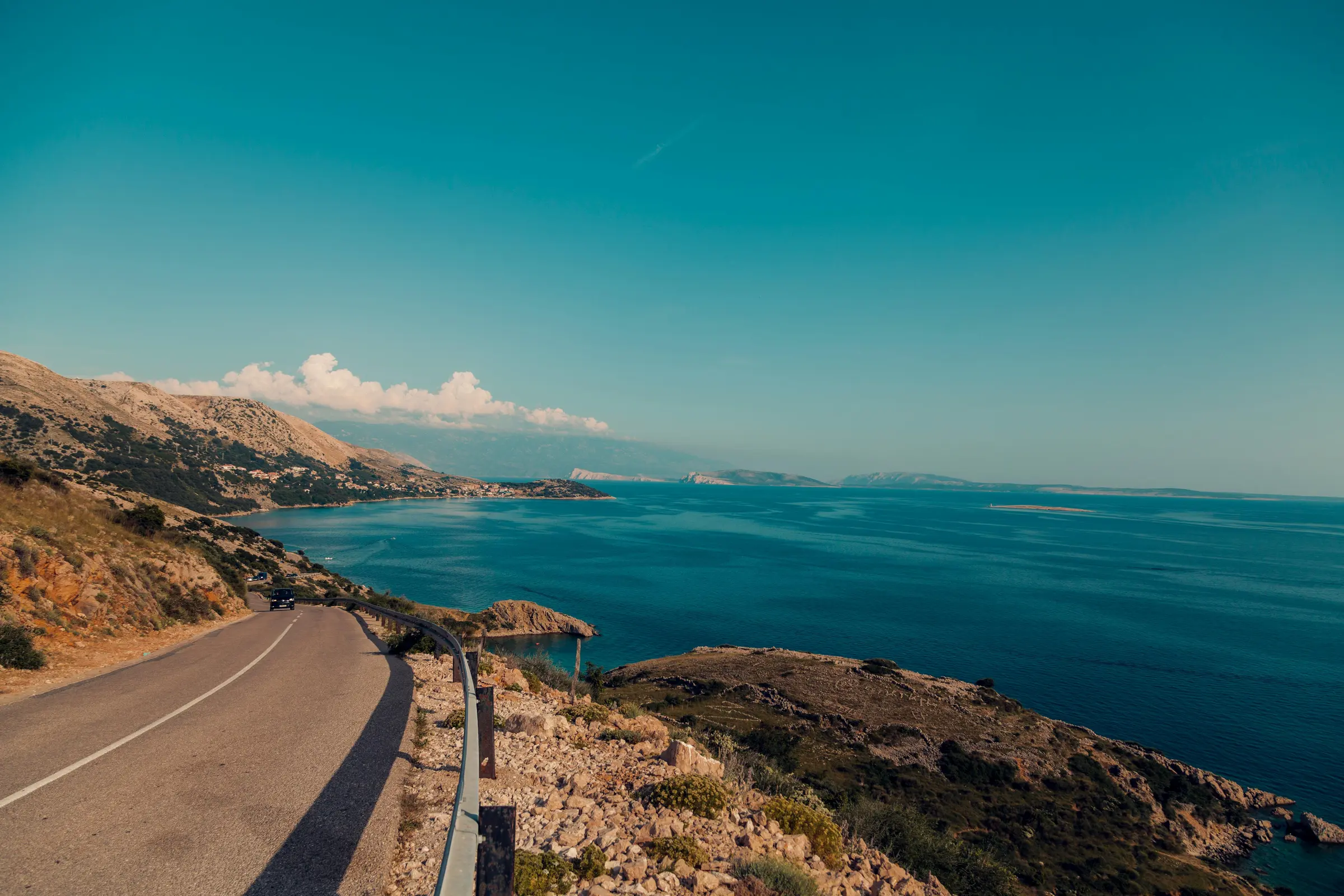
Tips for relaxed Travel





